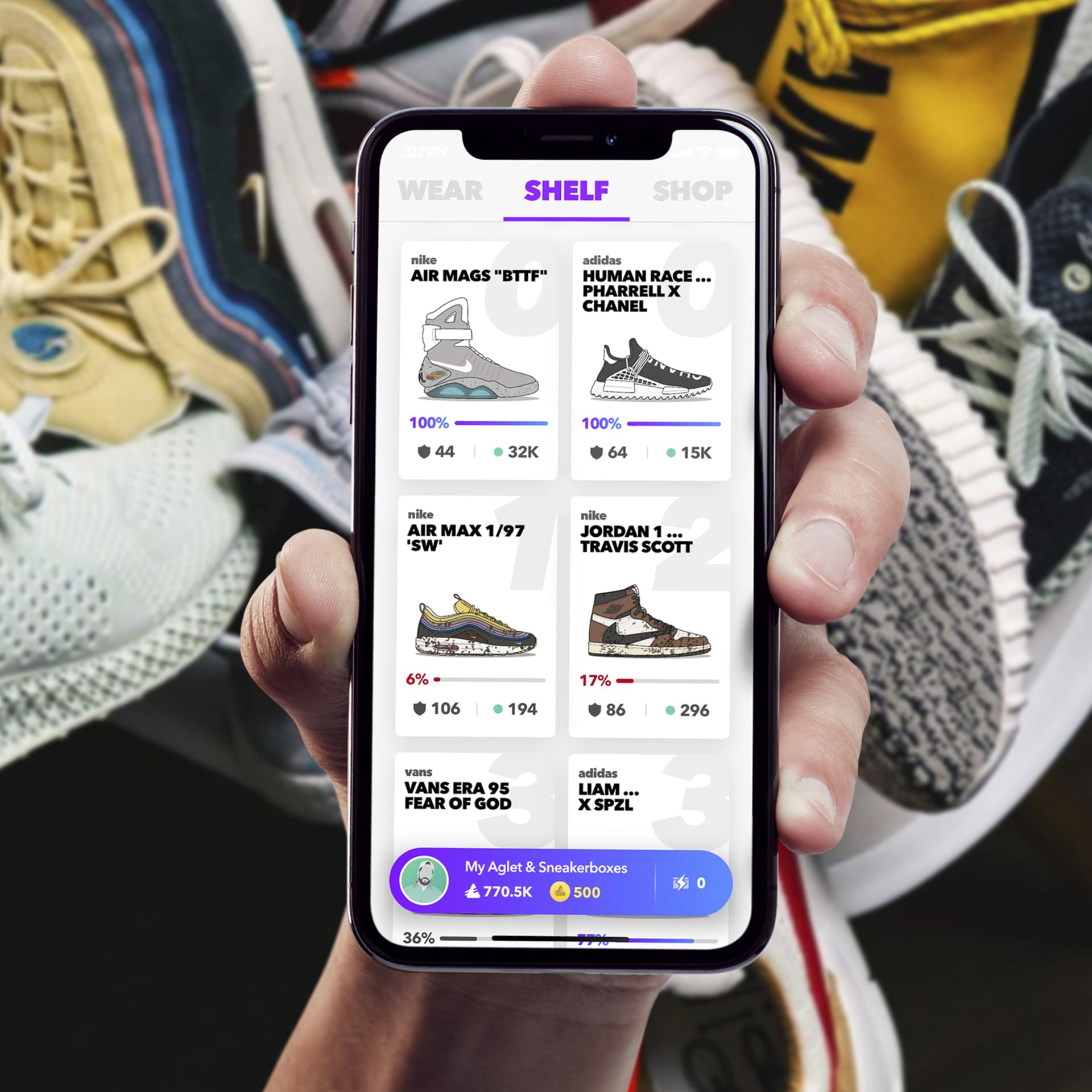The advent of virtual possessions and direct-to-avatar product drops are pointing the way to the next era of retail in the metaverse. But what does this spell for brands who deal in physical products? Aglet is one app that offers some clues to how brands can bridge physical and digital consumption.
At its most basic level, the app lets sneakerheads collect and wear virtual versions of rare or limited-edition sneakers. But the implications are much larger. “The current view is there are two different worlds: online and offline or digital and physical. No one has connected them in a really compelling way for consumers," the brand said in a press release. “Everything Aglet does is about exploring and creating experiences at the intersection of that convergence. Aglet believes people don’t live online or offline anymore; they live ‘onlife.’”
Below, Aglet founder and CEO Ryan Mullins speaks with us about why the biggest opportunity for physical goods is virtual goods, an emerging brands-as-a-service business model and the future of virtual ownership.


